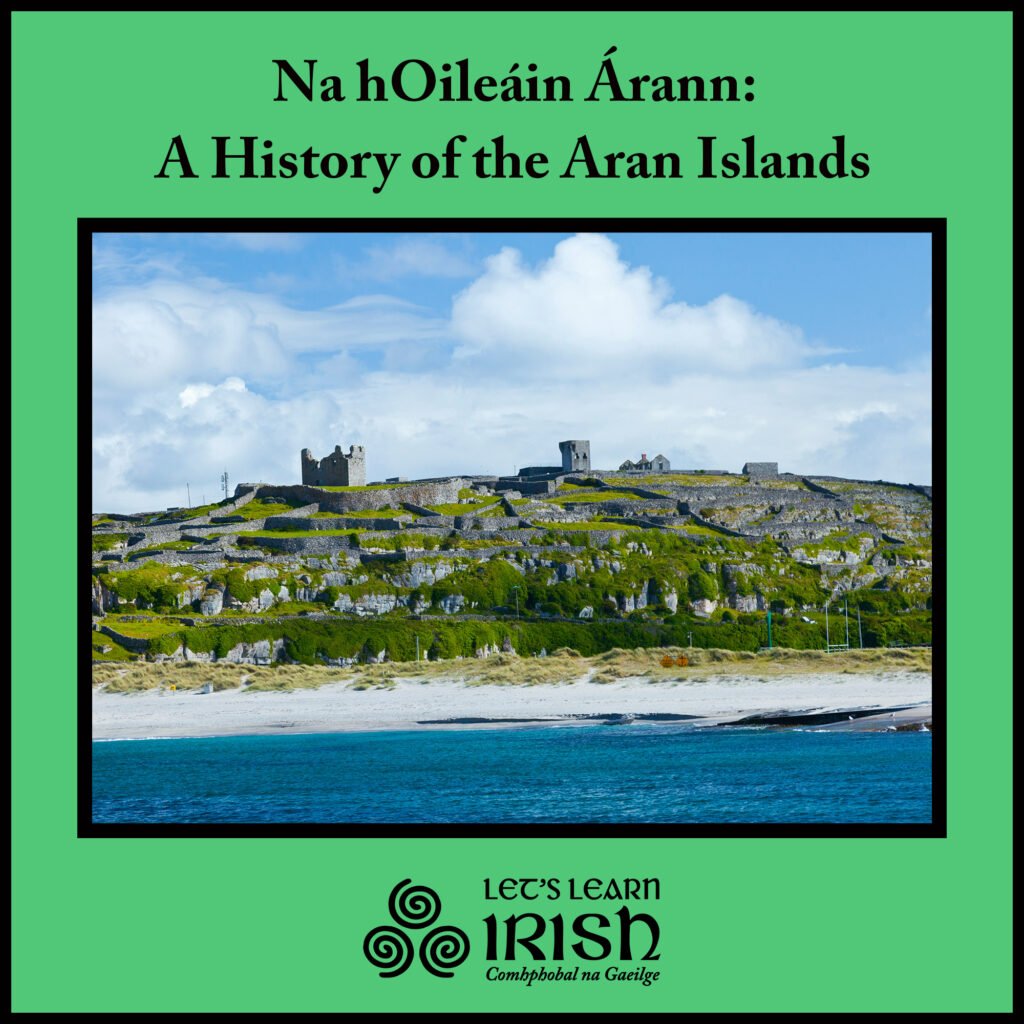An Cailín Ciúin: The History-Making Irish Film

Previously, the conventional wisdom was that producing an Irish-language film was a fool’s errand if you were a serious filmmaker. That was, until Colm Bairéad and Cleona Ní Chrualaoi, the married couple that made An Cailín Ciúin, proved otherwise.
An Cailín Ciúin was the surprising underdog story of 2022-2023, achieving box office and award ceremony success never before experienced by an Irish-language film. The adaptation of Claire Keegan’s novella Foster grossed over €1 million at the worldwide box office in its first six months and won Grand Prix of the Generation Kplus International Jury for Best Film at the Berlin film festival.
And it turns out, An Cailín Ciúin was just getting started.
What is An Cailín Ciúin about?
 Set in Rural Ireland in 1981, nine-year-old Cáit is sent to live with on a farm with her mother’s distant cousin for the summer. With her mother pregnant and her father somewhat of a deadbeat, Cáit’s parents consider it a better alternative than to keep her in a house already crowded with her siblings.
Set in Rural Ireland in 1981, nine-year-old Cáit is sent to live with on a farm with her mother’s distant cousin for the summer. With her mother pregnant and her father somewhat of a deadbeat, Cáit’s parents consider it a better alternative than to keep her in a house already crowded with her siblings.
Eibhlín Cinnsealach and her husband Seán, the middle-age couple that take Cáit in, have no children of their own. The three eventually learn to live together, the couple gaining a temporary daughter, and Cáit enjoying a loving home for a few months. The movies is about, at least in part, moving past the tragedies that have formed us.
An Irish-Language Film Making History
 Since Berlin, An Cailín Ciúin picked up awards at various venues, including seven at the Irish Film and Television Awards (IFTAs) and two nominations for the British Academy of Film and Television Arts (BAFTAS).
Since Berlin, An Cailín Ciúin picked up awards at various venues, including seven at the Irish Film and Television Awards (IFTAs) and two nominations for the British Academy of Film and Television Arts (BAFTAS).
An Cailín Ciúin’s biggest achievement to date, however, is to do something that no Irish-language film has ever done: be nominated for an Oscar. Before An Cailín Ciúin, an Irish-language film has never made the shortlist of 15 films for the category of Best International Feature Film (formerly known as Best Foreign Language Film). On January 24th, 2023, the Academy announced An Cailín Ciúin as one of five films nominated in the category.
A Record Day for All of Irish Cinema
The 2023 Oscar nominations were the best showing by Ireland in the history of the awards. In addition to the nomination to best international film for An Cailín Ciúin, renown Irish director Martin McDonagh’s film The Banshees of Inisherin received nine nominations, including best picture, best director, and nominations for four of its male and female actors. The Banshees of Inisherin was filmed on Achill Island and Inis Mór, both Gaeltacht regions.
Finally, Irish actor Paul Mescal, having experienced his breakthrough in Normal People, was nominated for best actor for the movie Aftersun.
What Does An Cailín Ciúin mean for the Irish Language?

As Ní Chrualaoí pointed out, the Oscar nomination announcement was a “significant day” for the Irish language. She’s not the only one who thinks that.
From Irish government officials to residents of the Gaeltacht, people all over Ireland, as well as those around the globe, have hailed the success of An Cailín Ciúin as a great honor for Irish. It shows it to be an important language that can support creative success and find its place on the world stage.
Perhaps TG4 Director General Alan Esslemont said it best, suggesting how An Cailín Ciúin has “become a huge source of pride for those of us who speak this minority language and for all those people worldwide who understand the importance of a thriving Irish language for Ireland’s culture and creativity.”
Whether you speak Irish, are currently learning the language, or don’t even have cúpla focail yet, it’s worth watching An Cailín Ciúin to enjoy a good film and embrace everything it has accomplished.
Bígí páirteach!
Join the online Irish community at LetsLearnIrish.com.
Follow on social media @LetsLearnIrish.





